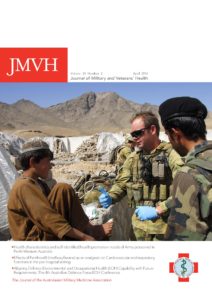THE “TRIANGLE OF DEATH” Medical Sustainability in Expeditionary Sea-Based Operations
Reprinted with permission of the Naval War College Review Captain Smith, a frequent contributor to the Naval War College Review, is adjunct professor in both the Department of Surgery and the Department of Military and Emergency Medicine at the Uniformed Services University of the Health Sciences in Bethesda, Maryland. He is also professor of surgery… Read more »




 Download the whole edition here.
Download the whole edition here.


